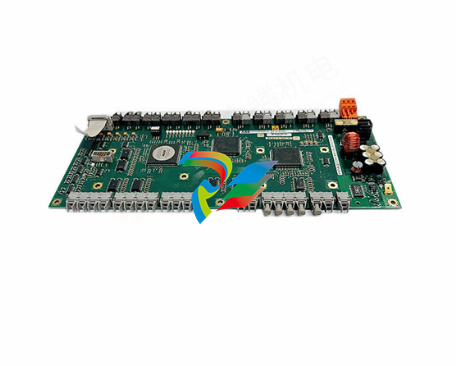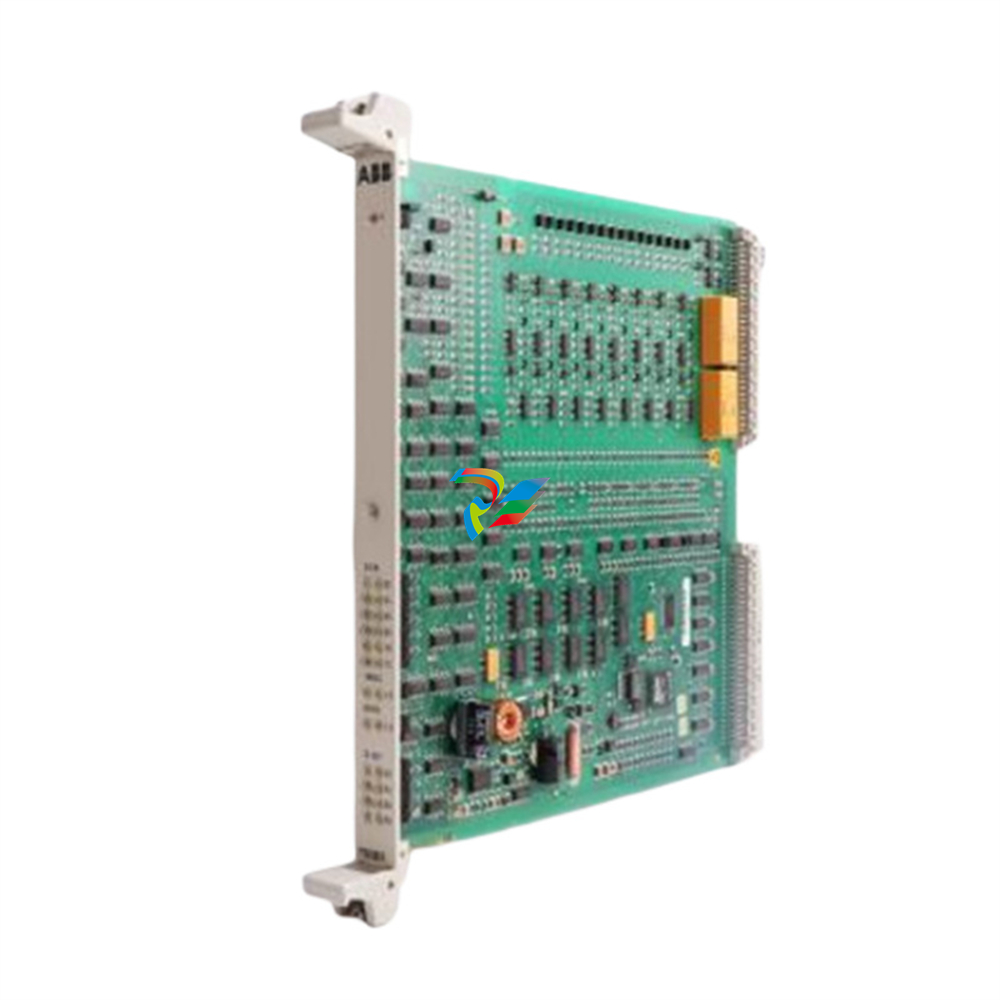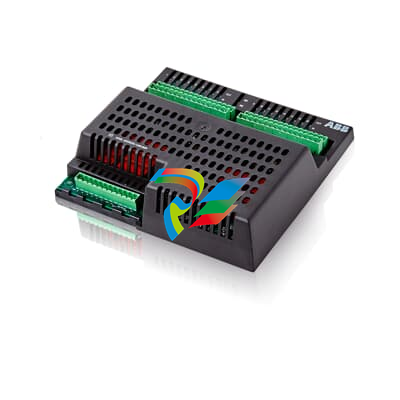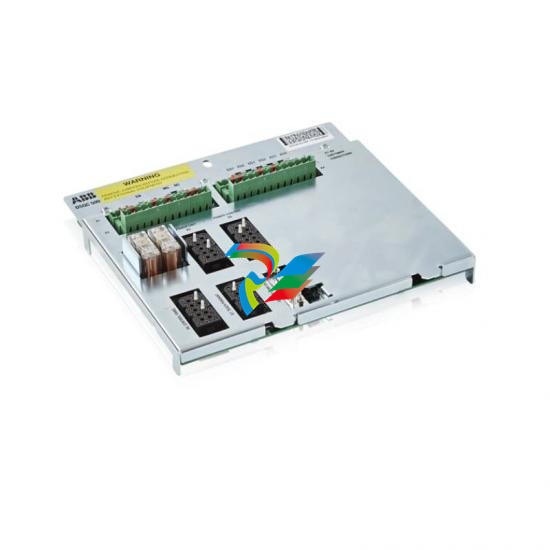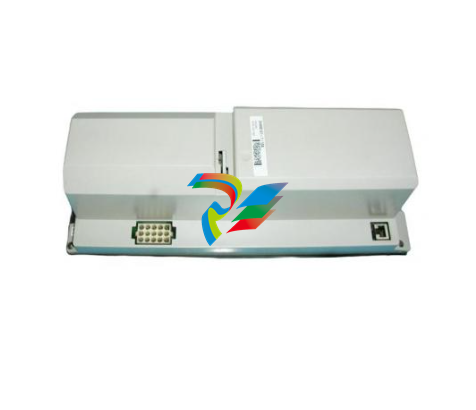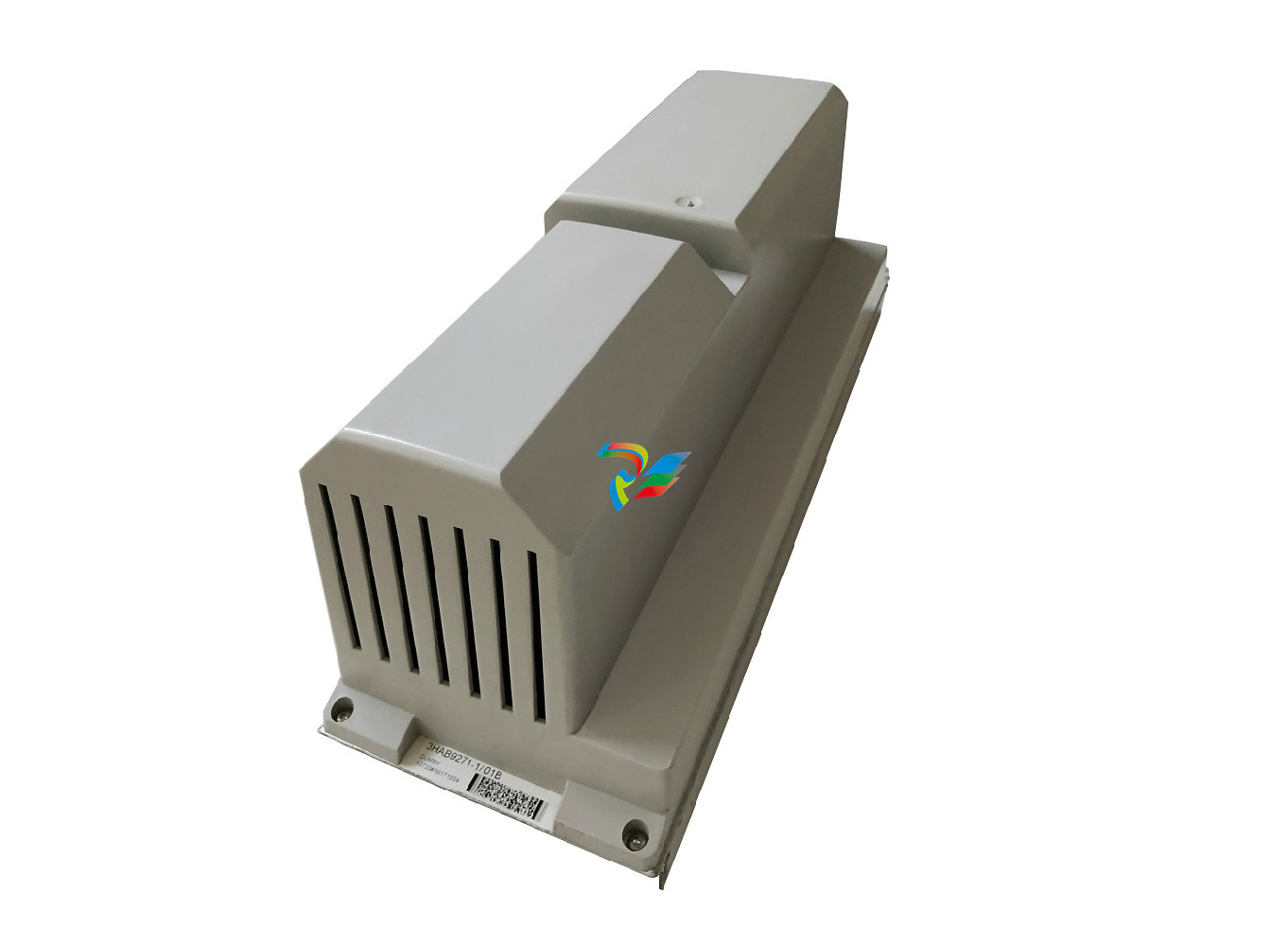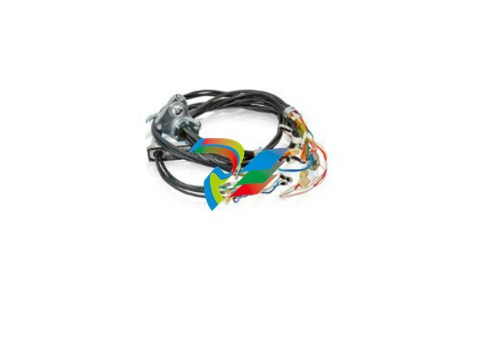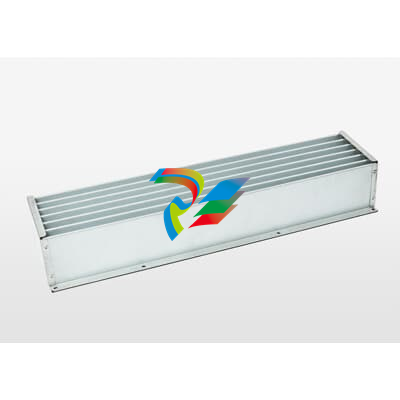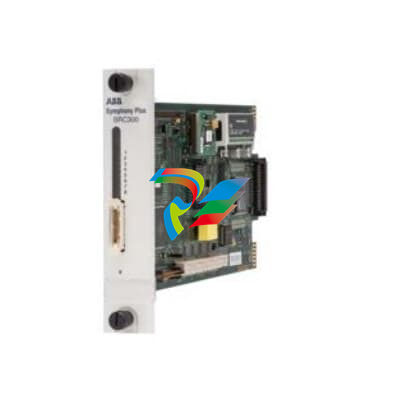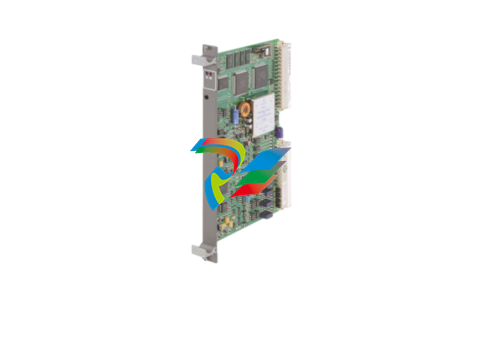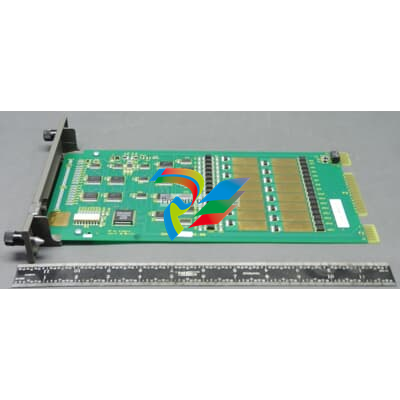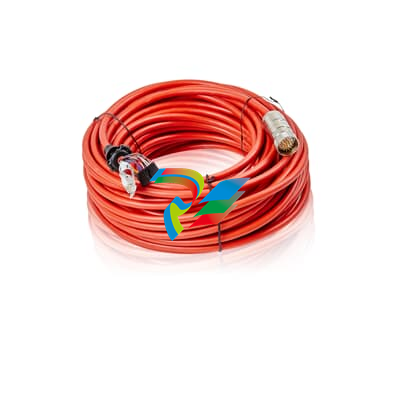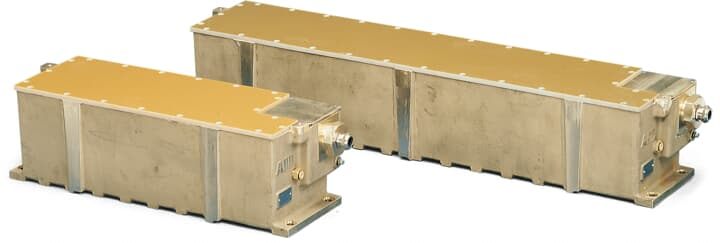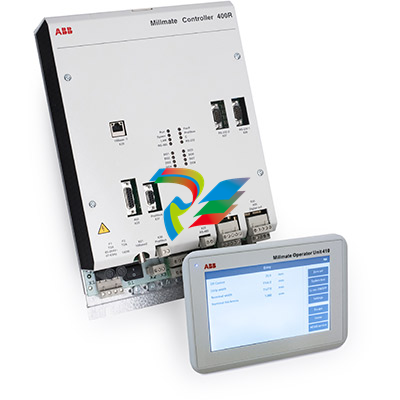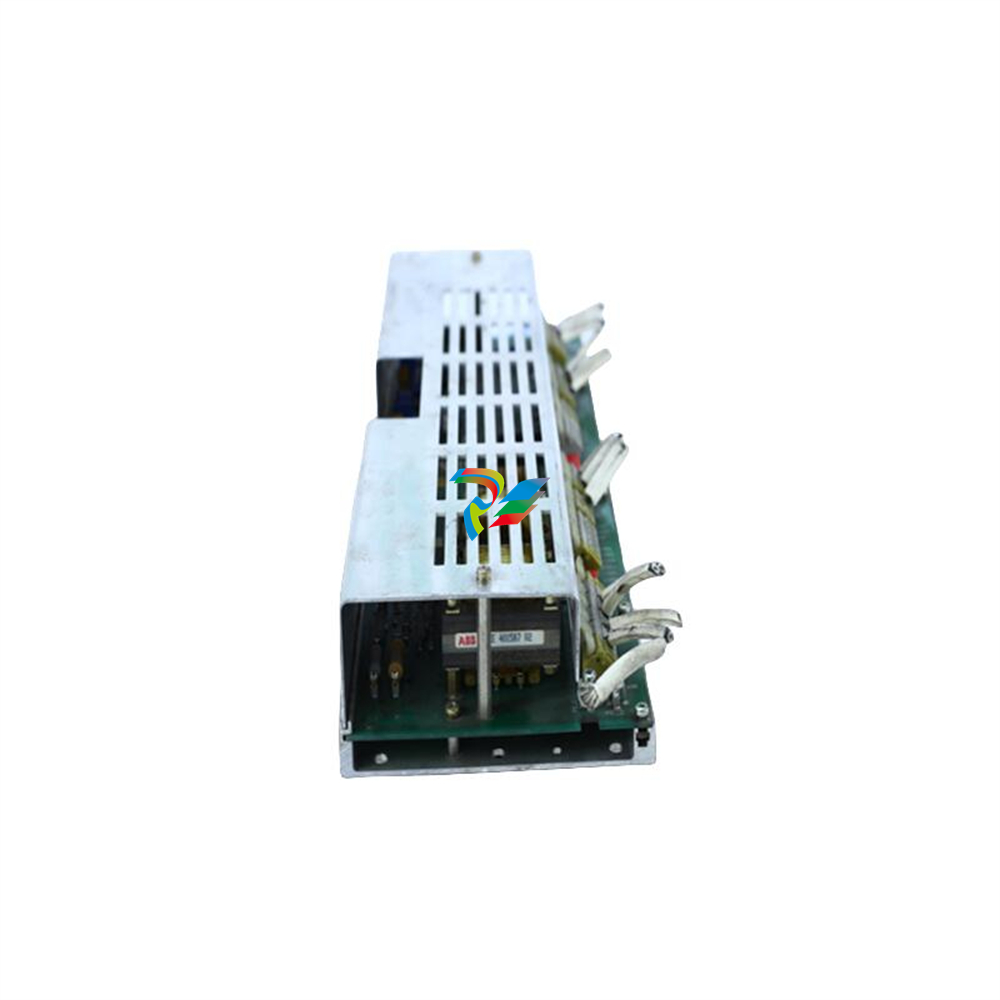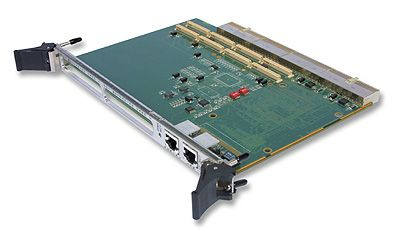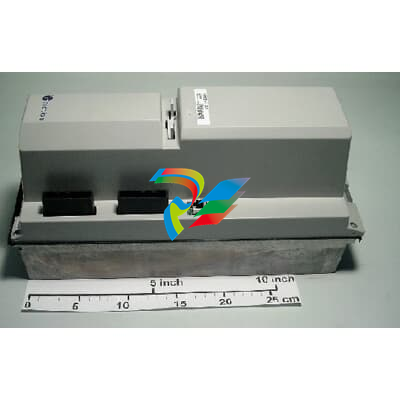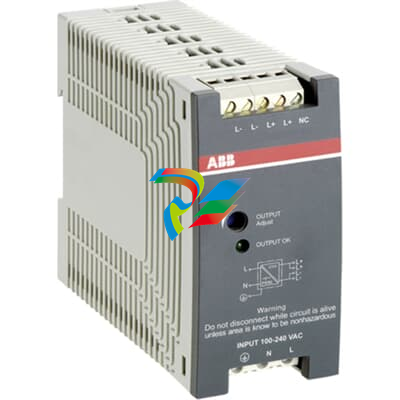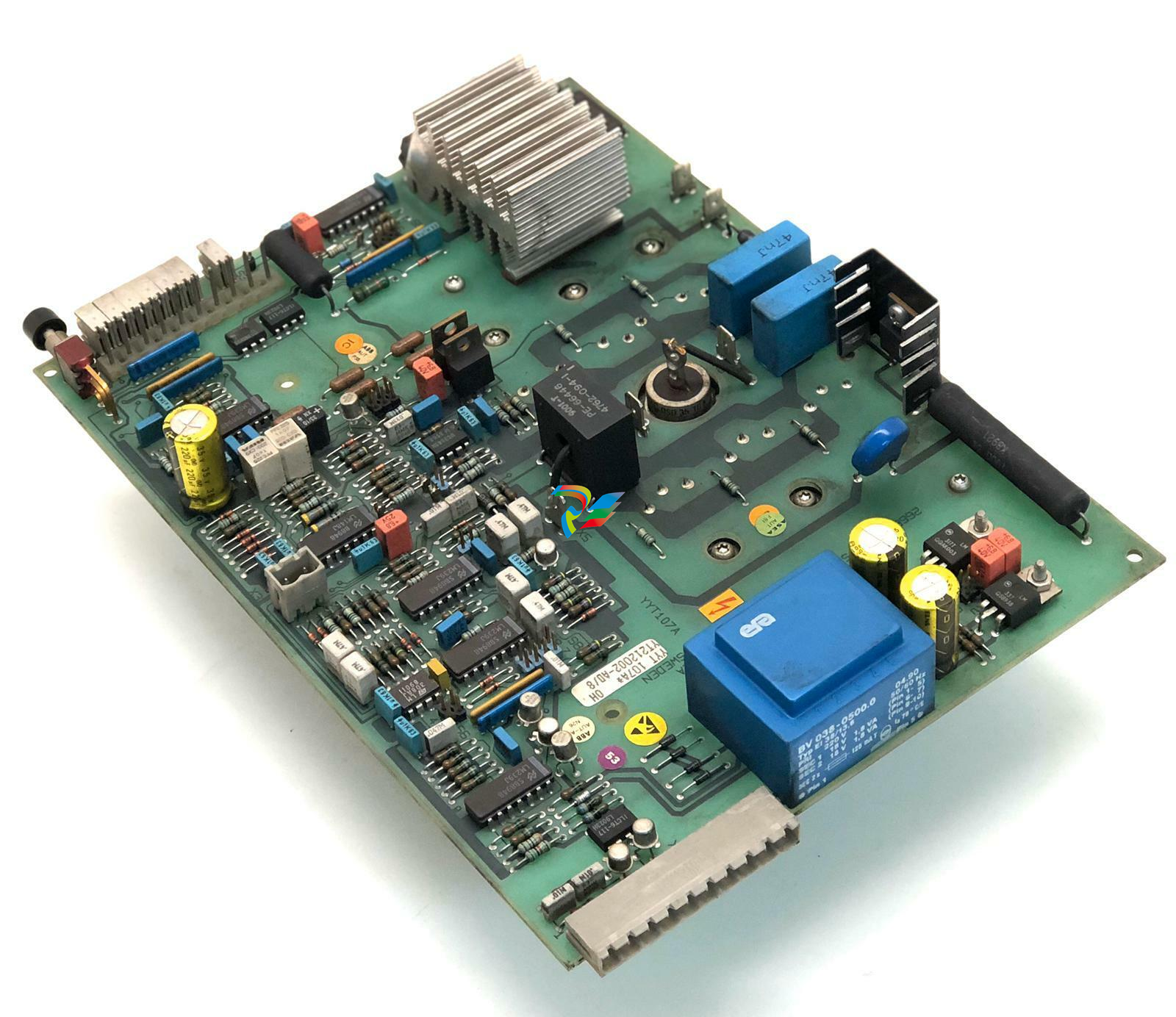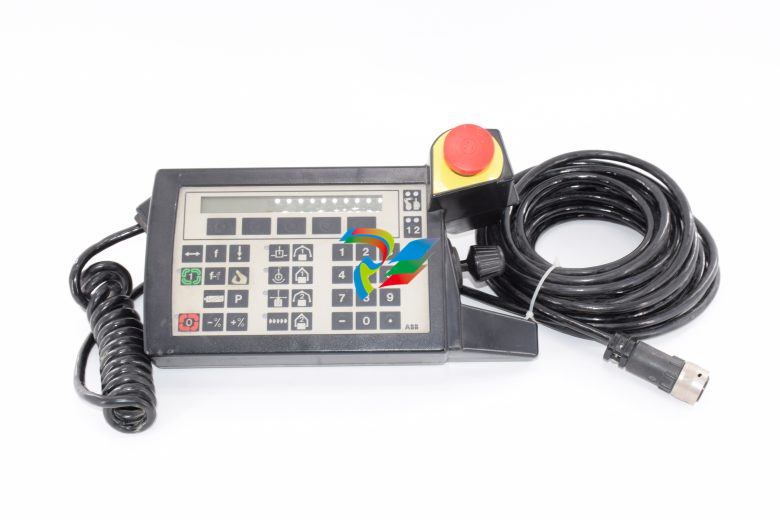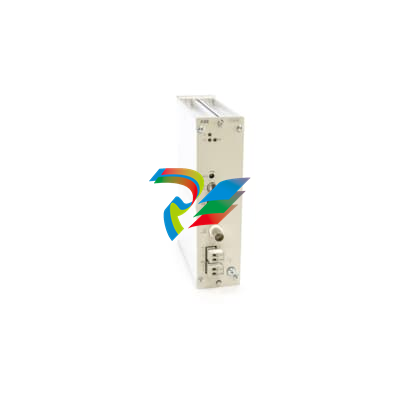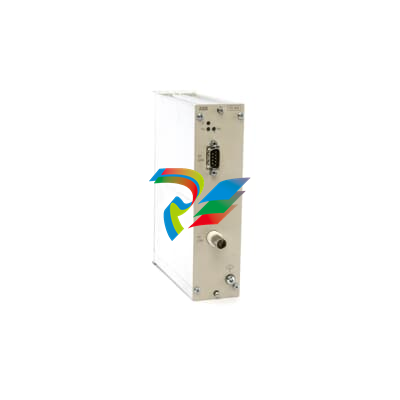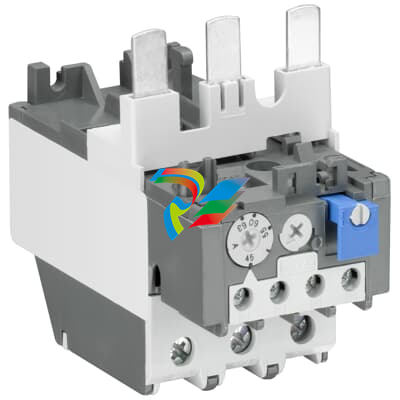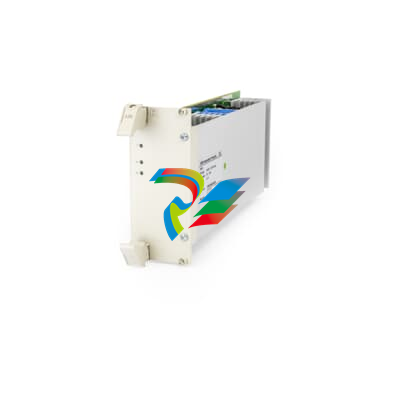
Summary of ABB Relion® 670 Protection Communication Network Setup and Application Guide
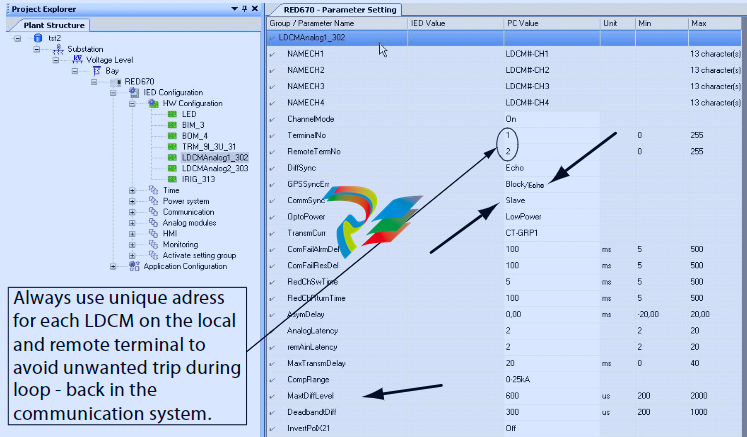
# Summary of ABB Relion® 670 Series RED670 Differential Protection Communication Network Setup and Application Guide ## I. Overview This document provides a setup and application guide for differential protection and binary signal transfer of RED670 in the ABB Relion® 670 series and other 670 series devices in telecommunication networks. It covers core contents such as synchronization methods, communication configuration, hardware modules, and fault troubleshooting, applicable to protection communication requirements of equipment like generators and lines in power systems. ## II. Core Application Scenarios and Synchronization Methods ### 1. Telecommunication Network Types and Synchronization Selection - **Symmetric/fixed route networks (Scenario I)**:Suitable for networks with fixed routes or symmetric bidirectional delays after switching. It adopts **Echo Timing** synchronization. By comparing internal device clocks and compensating with echo messages, a relative time deviation of ±1µs is achieved, supporting differential protection for up to 5 line ends . - **Unspecified route switching networks (Scenario II)**:Suitable for networks with uncertain route switching, relying on **GPS global time synchronization**. Global time is obtained through a built-in GPS receiver or IRIG-B input to ensure a clock deviation of <16µs, supporting protection reliability in complex network environments . ### 2. Key Synchronization Parameters - **Echo Timing**:Startup synchronization takes 15 seconds, with a maximum allowable communication interruption of 2 seconds (re-synchronization is required if exceeded). The protection function is blocked when clock deviation exceeds the set limit (±200-2000µs, configurable) . - **GPS Synchronization**:Cold start requires 15 minutes to search for satellites, and clock deviation can be reduced to 1µs within 1 hour. Echo Timing can be enabled as a backup after GPS interruption, and re-synchronization is required if the interruption exceeds 30 seconds . ## III. Echo Timing Function ### 1. Core Role It continuously monitors clock deviations between devices and sends echo messages at 40ms intervals to compensate for asymmetric communication delays, ensuring time synchronization accuracy for differential protection . ### 2. Asymmetric Delay Detection and Handling - **Detection Method**:Use a disturbance recorder to compare the time difference of zero-crossing points between local and remote currents to determine whether the communication system has fixed or fluctuating asymmetric delays . - **Compensation Mechanism**:Fixed asymmetric delays can be compensated by setting the `AsymDelay` parameter; fluctuating delays require switching to GPS synchronization . - **Cumulative Deviation Protection**:Monitor the accumulation of multiple small deviations (below `MaxtDiffLevel`), and block protection if exceeding 4 times to avoid maloperation . ## IV. GPS Synchronization Configuration ### 1. Startup and Calibration - **Cold Start**:The GPS antenna requires a clear view, initializes after searching for satellites (at least 4) within 15 minutes, and achieves ±1µs accuracy within 1 hour . - **Clock Synchronization**:Hardware and software clocks operate independently. During GPS synchronization, adjustment is performed in "fast/slow" modes: fast mode is suitable for rapid recovery after GPS interruption, and slow mode avoids clock jumps affecting protection . ### 2. Interruption Handling - `GPSSyncErr` is activated when GPS deviation >16µs, which can be set to block protection or switch to Echo Timing backup . - Supports redundant route monitoring; Echo Timing can continue operating if the delay after route switching is within the set range . ## V. Digital Signal Communication Configuration ### 1. Core Module: Line Data Communication Module (LDCM) - **Function**:Implements 64 kbit/s analog (current sampling) and binary signal transmission, supporting up to 4 communication channels . - **Types**:Divided into analog (CRM) and binary (CRB) modules. CRM is used for current transmission in differential protection, and CRB is used for up to 192 binary signals (e.g., control, alarm signals) . ### 2. Key Configurations - **Analog Signals**:Configure CT current sampling transmission via the PCM600 tool, supporting current summation or differential transmission for single-end dual CTs (e.g., 1.5 breaker wiring) . - **Binary Signals**:Map virtual inputs (SMBI) and outputs (SMBO) via the Signal Matrix Tool (SMT), supporting real-time transmission of 8 input/output channels . - **Redundant Channels**:Main and backup channels must have the same configuration; redundant channels automatically inherit main channel settings, with switchover delay configurable (5-500ms) to ensure seamless switching during communication interruptions . ## VI. Communication Interfaces and Network Settings ### 1. Main Interface Types | Interface Type | Protocol Standard | Application Scenario | Key Parameters | |----------------------|-------------------|----------------------------|--------------------------------------------------------------------------------| | Fiber Optic Interface | IEEE C37.94 | Long-distance, anti-interference | Multimode fiber (50/125µm, 2-3km), single-mode fiber (9/125µm, 70-110km), optical power budget 9-26dB | | Galvanic Interface | X.21 | Short-distance, leased lines | Rate 64 kbit/s, maximum cable length 100m, supporting balanced transmission | ### 2. PDH/SDH System Settings - **PDH System**:Based on 64 kbit/s channels, clock synchronization (master-slave mode) must be ensured, with maximum delay <40ms and jitter <±100µs . - **SDH System**:Based on 2 Mbit/s G.703 E1 interface, supporting structured/unstructured transmission, clock deviation <±50ppm, and buffer delay <250µs . ## VII. Fault Troubleshooting and Monitoring ### 1. Status Monitoring - **HMI Information**:Displays communication delay, number of received/transmitted messages, error codes (e.g., COMFAIL, CRCERROR), supporting real-time diagnosis of communication quality . - **Transceiver Indicators**:21-216/21-219 transceivers indicate faults via LEDs (LA for local alarm, RA for remote alarm), such as fiber signal loss and clock anomalies . ### 2. Fault Detection Methods - **Loop-back Test**:Sequentially test LDCM modules, transceivers, multiplexers, etc., through fiber or electrical loop-back to verify communication link integrity . - **Key Indicators**:Normal receive/transmit rate should reach 100%, Bit Error Rate (BER) <10⁻⁹ under normal conditions and <10⁻⁶ under disturbance . ## VIII. Key Parameters and Configuration Points ### 1. Core Parameter Settings | Parameter Category | Key Parameters | Range/Default Value | Role | |-----------------------|----------------------|------------------------------|-----------------------------------------------| | Synchronization Parameters | `MaxtDiffLevel` | 200-2000µs (default 600µs) | Maximum clock deviation threshold; protection blocks when exceeded | | Communication Parameters | `MaxTransmDelay` | 0-40ms (default 20ms) | Maximum transmission delay; protection blocks when exceeded | | Redundancy Parameters | `RedChSwTime` | 5-500ms (default 5ms) | Main-standby channel switchover delay | ### 2. Configuration Notes - Terminal numbers (`TerminalNo`) must be unique (0-255) to avoid address conflicts causing maloperation . - Fiber connections must be crossed (local Tx to remote Rx), and optical power must be within the budget (3dB margin reserved) . - Grounding must be reliable: transceivers and multiplexers share a common ground to avoid signal interference from ground loops . ## IX. Appendices and References - **Communication Requirement Specifications**:Must meet indicators such as BER, clock deviation, and delay (e.g., BER <10⁻⁸, maximum delay 40ms) . - **Related Documents**:Including operation manuals, technical reference manuals, configuration cases, etc., with the latest versions available on the ABB official website . This document provides comprehensive guidance for the reliable operation of RED670 and 670 series devices in complex telecommunication networks through clear synchronization mechanisms, communication configurations, and fault troubleshooting methods, serving as a reference for engineering design, commissioning, and maintenance personnel.


































































































